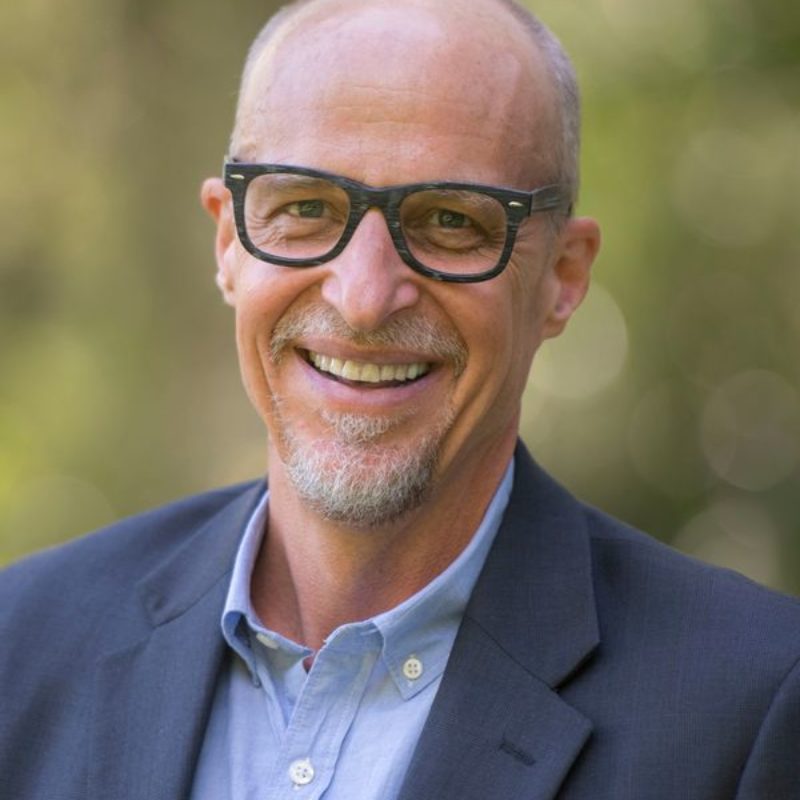Oct. 25, 2018—Each of us deserves to feel safe every day. But the reality is that every day millions of people live with the fear and trauma associated with gun violence. While our attention is often riveted to the horrifying news of mass shootings, these incidents comprise less than 2 percent of all gun deaths. Every time there is another mass shooting we grieve and we want action to stop the gun violence epidemic. That’s why the Hope and Heal Fund focuses on the 98% of gun violence that occurs across the nation – what we call everyday gun violence. We strive to channel the energy, passion, and righteous anger that comes from the tremendous loss we feel on a daily basis into decreasing gun violence and making our communities and homes safer.
The gun violence that communities face every day in the form of community violence, domestic violence and suicide is not inevitable. It’s preventable. But we need public health officials to start talking about gun violence as a public health issue in the media. We need them to provide community advocates with actionable data to help them make the case that gun violence is preventable. And, we need to deliver effective messaging to communities and help train them to work with their local media to lift up their challenges and successes. In five years, I want to see positive stories about communities taking effective actions to decrease gun violence and public health officials using the media to talk about prevention. This will change the narrative on gun violence to one that is solution-based, preventable and hopeful.
Changing the narrative supports prevention
In California, gun violence poses a major threat to the health and safety of our communities. Over the past decade, gun violence has claimed nearly 35,000 lives in California. The current California news media often reports about gun violence using a criminal justice angle, rather than a public health angle.
Because the media reports on gun violence after community members are shot and killed, they leave their audience with the impression that gun violence is inevitable. They don’t report on the ways that racism, poverty, education, and other structural inequities are linked with gun violence. They don’t report on the effective solutions already working in communities across California.
Take the organization Advance Peace, for example. It’s a violence interruption program started in Richmond, California, that reaches out to young men involved in firearm offenses and places them in personalized fellowships that provides them transformative opportunities including life coaching, mentoring, job training, health service and even travel opportunities. Recently, some of the young men traveled to Robben Island in Cape Town, South Africa, where Nelson Mandela was held captive as a political prisoner for 27 years. This program lets the young men see that there are other approaches, and helps break the cycle of violence and make communities safer.
While we work towards changing the media narrative, our youth are not waiting. Youth leaders’ continued energy and passion to end the nationwide gun violence epidemic is already providing new, positive and powerful narratives. March for Our Lives started a national conversation on gun violence that also brought in voices of those most affected by gun violence. Their actions are not only starting to change the media narrative -- their actions are sparking changes in gun laws, in corporate behavior and increases in voter registration. More young people are motivated to take action to prevent gun violence than ever before -- and change is already happening.
While our youth are forging ahead and inspiring us, much more needs to be done. We must lift up effective strategies and can do this by:
- Supporting research that helps uncover actionable data,
- Advancing strategies that work and promoting innovation,
- Pushing for increased public and private funding for effective strategies, and
- Changing the media and public narrative around gun violence.
What we have to keep in mind is that gun violence is a health – not a political – issue. We must begin to treat it as such.

